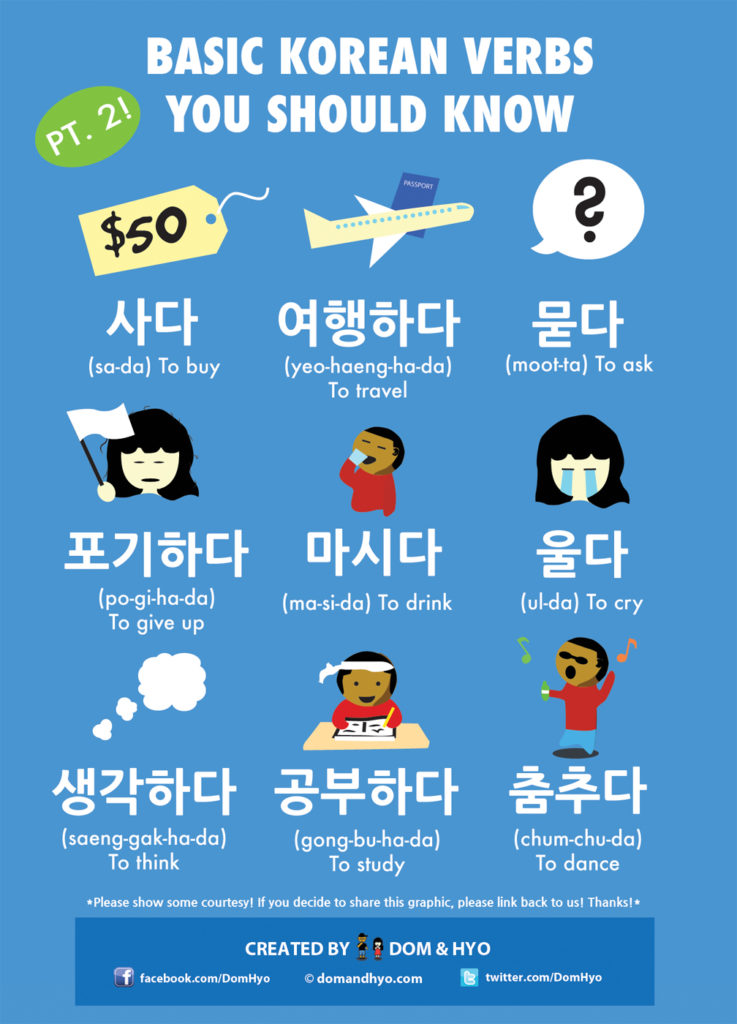
As in, “I just got promoted/won the lottery/got a new girlfriend.” “Really!?” “Jinjja!?” It is, in fact, one of the most common expressions and is used to validate something that’s just been said. For example, 진짜 (“jinjja”) the Korean for “really,” can be turned into a question with a simple rise in intonation. Just as intonation goes up in English questions, it goes up in Korean, as well-perhaps even more so.īy elevating the pitch, a single word can be turned into a question.

To ask a question, it’s not even necessary to use question words like “what,” “where” or “who.” You just end the statement on a high note and it gets perceived as a question. Korean is a melodic language that glides up and down in tone. You’ll learn 10 of the most common questions and conversation starters to spark up a discussion with anyone in Korean. For another top video from the FluentU Korean channel, check out the clip below. Questions and conversation starters are vitally important when learning a new language. Also, avoid giving friendly hugs, especially when first meeting someone. Public spaces are considered “shared spaces.” But make no mistake, Koreans aren’t the touchy-feely types and are not too big on patting the back or shoulders. You may not get the usual “personal bubble” (the comfortable physical distance between two people) that you’re used to in the West. The concept of “personal space” is a lot smaller in Korea. They’re just really keeping to themselves, and also leaving you alone, or letting you be.Īnd don’t get your nose bent out of shape when you get shoved or pushed in a sea of people in a public setting. Koreans can sometimes be mistaken as nonchalant, or even arrogant. 천만에요 - “Chun-mahn-eh-yo” (You’re welcome)
KOREAN VOCAB HOW TO
Seeing these words in use will help you understand better when and how to actually use them yourself. The FluentU program, for example, lets you watch authentic Korean videos with interactive captions, and allows you to add words to vocabulary lists for later study.

To find these words in use naturally, seek out programs that teach through immersion.

You can learn more about greetings in Korean by watching how native speakers use them. Remember that there’s more to hello in Korean than just saying 안녕하세요: Learn the greeting and how to use it with this adorable song that teaches Korean greeting manners to children. Pepper your communications with the following phrases: And if you want Koreans to open up and interact with you, open them up by being nice and courteous, yourself. Learning a language becomes a lot easier when you have plenty of opportunities to practice with native speakers. While Koreans aren’t generally your outgoing personalities who’ll casually strike up a conversation with strangers, they’re actually very warm and welcoming-especially when formally introduced by a common friend.Īs a guest to the culture, you have to observe common courtesies. (Download) Basic Korean Greetings and Courtesies
KOREAN VOCAB PDF
This blog post is available as a convenient and portable PDF that youĬlick here to get a copy. There’s a lot to digest here so let’s not dilly-dally and get right into it! You’ll learn an assortment of basic terms related to family, numbers, greetings, honorifics, questions, Korean holidays, days of the week, months of the year, common adjectives, verbs and even Korean slang.Īnd along the way, you’ll pick up loads of cultural insights, as well. Looking to boost your Korean vocabulary? In this post, you’ll find the most useful Korean words and phrases.


 0 kommentar(er)
0 kommentar(er)
